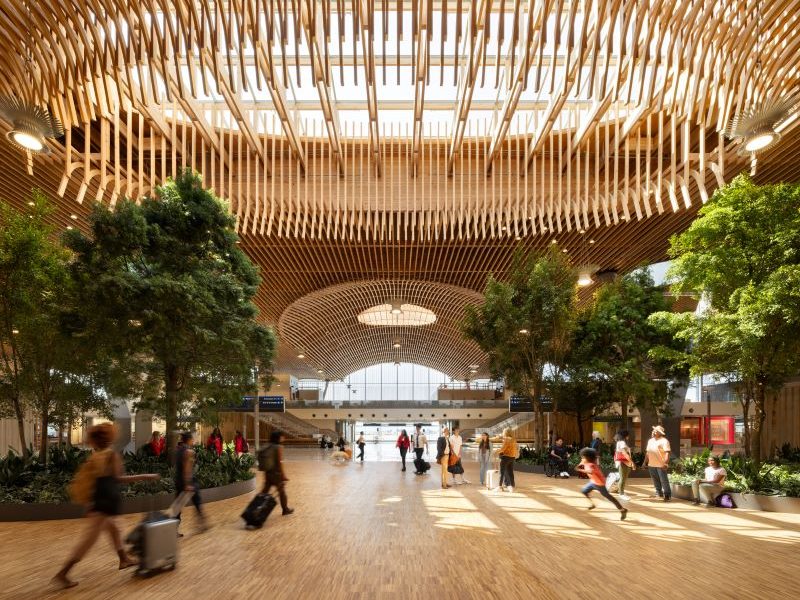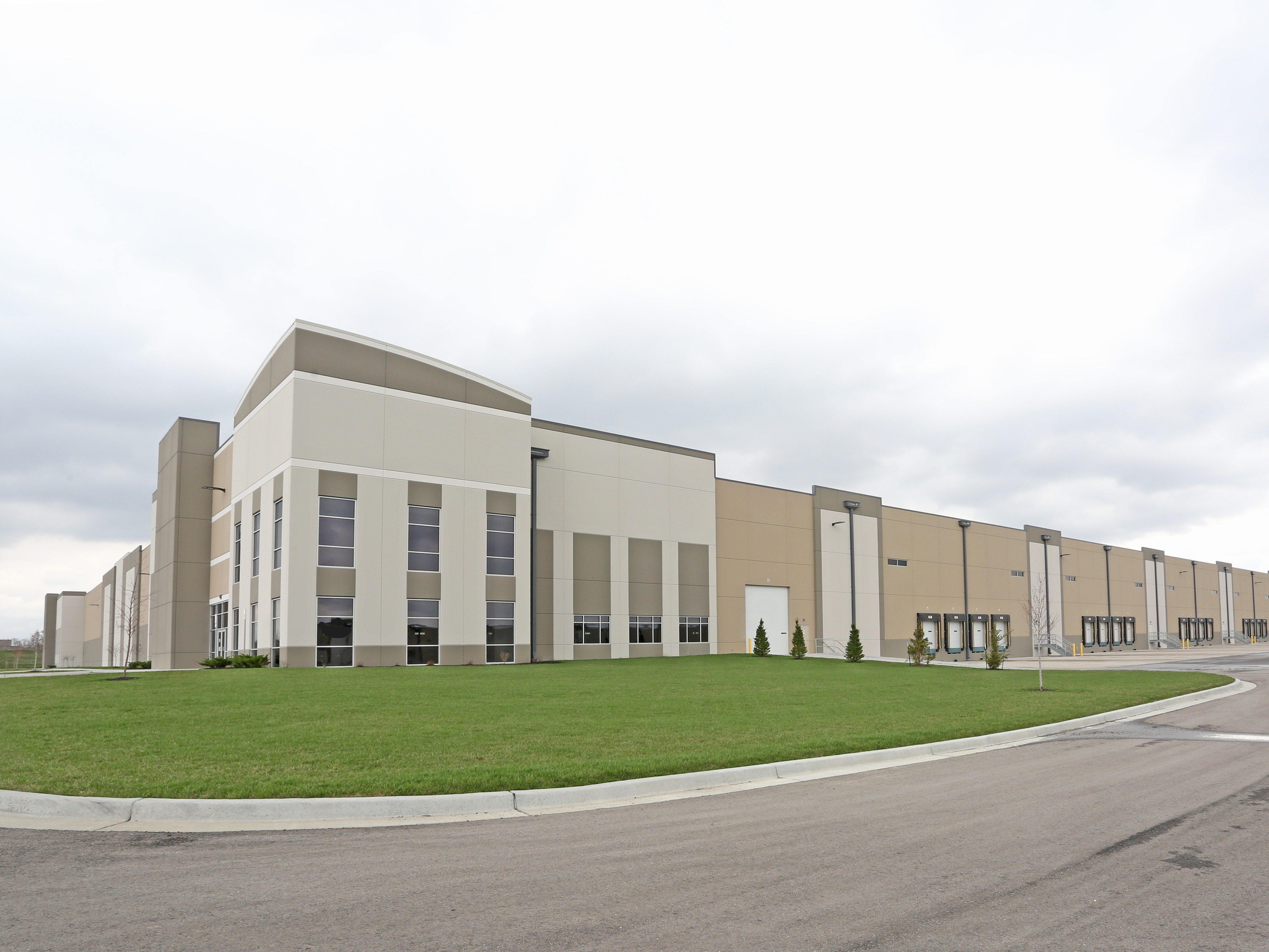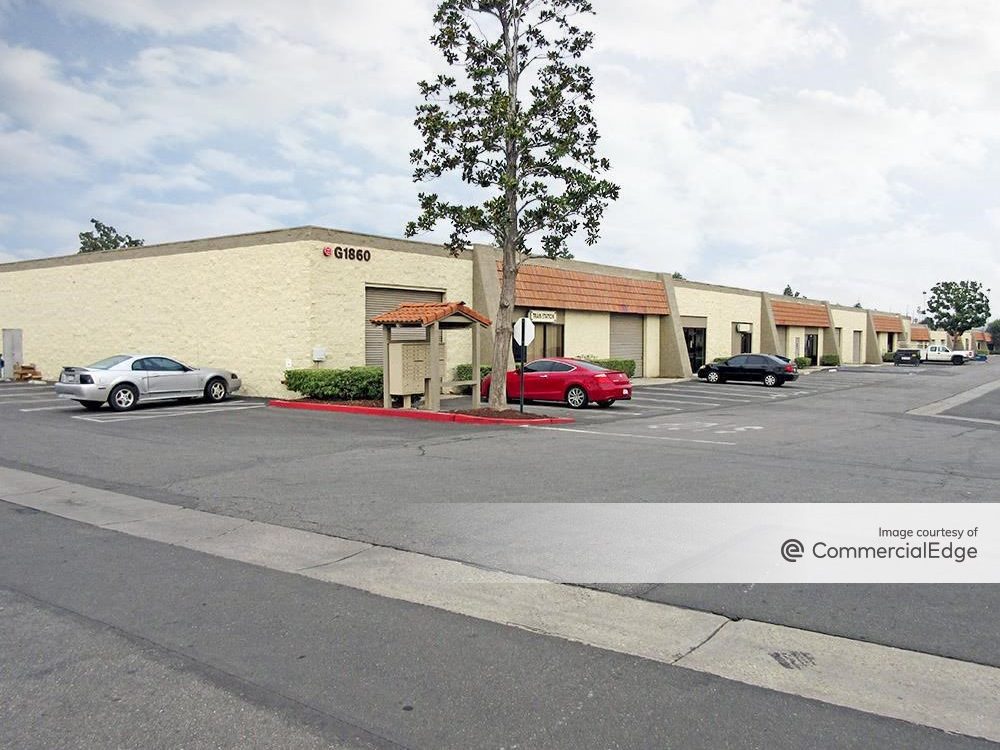Shallow Bay Industrial’s Deep Potential
JLL's John Huguenard on why investors should consider this fast-growing sector.

Once overshadowed by its modern counterparts, shallow bay and multitenant industrial assets are capturing the attention of investors and tenants alike. With an increasing demand for proximity to urban populations and limited supply, the momentum for shallow bay industrial is only gaining steam.
Shallow bay facilities are typically defined as older (20-plus years) multitenant properties between 20,000 and 150,000 square feet with 24- to 32-foot clear ceiling heights, 140- to 200-foot building depths, some grade-level access, predominately dock high loading and some office finishes. These properties tend to cater to a broad range of smaller, hyper-local or regional tenants typically occupying 5,000 to 50,000 square feet at shorter lease terms of between three and five years.
READ MORE CAPITAL MARKETS VIEWPOINTS
Urbanization’s impact on the asset class
Often constructed on the periphery of urban populations decades ago, shallow bay logistics buildings and business parks find themselves in prime locations today. As urbanization continues to accelerate, many of these assets are now engulfed by population centers, making them ideal for infill supply-chain networks. The proximity to densely populated areas offers businesses the advantage of reduced transportation costs and faster delivery times, which are key considerations in the age of e-commerce.
The battle for limited space
The demand for industrial space has never experienced an expansion of this magnitude before, with vacancy rates falling to historic lows after the pandemic. Shallow bay logistics space is no exception to this trend. As smaller tenants compete with e-commerce-driven demand for proximity to densely populated areas, the stagnant inventory for shallow bay logistics is creating heightened competition for limited space.
According to JLL’s Q2 2024 research, tenant demand for shallow bay facilities has remained remarkably stable over the past decade, with an average of 250 million square feet of new leases signed each year since 2012. Additionally, construction activity for smaller multitenant industrial assets represents only 0.7 percent of the total inventory under construction, with approximately 32.43 million square feet under construction out of shallow bay existing inventory of 4.88 billion square feet. Simply put, significant new construction isn’t being added to current inventory levels for this type of industrial product.
While new supply is helping stabilize rent growth in modern warehousing, rents continue to climb for shallow bay logistics due to this increased demand and limited supply, making it an attractive investment opportunity for those seeking high returns.
Profitability in proximity
With the strong fundamentals of shallow bay logistics assets, an increasing number of investors are drawn to this investment class. Shallow bay logistics buildings are among the few industrial assets that can yield double-digit internal rate of return in the highly competitive investment environment. Additionally, premiums placed on infill industrial assets continue to drive up the value of shallow bay logistics, as proximity to population density becomes increasingly crucial for tenants.
Maximizing the ROI
Shallow bay logistics assets generally require low capital expenses and limited operating expenses compared to modern-generation warehousing. This cost efficiency allows investments in shallow bay industrial to generate high cash flow relative to other commercial and residential real estate sectors. Its appeal lies in its ability to deliver solid returns without the need for significant investment.
Additionally, shallow bay space historically leases faster than broader industrial sector, in part due to serving a broader range of tenants, which tends to be hyperlocal or regional tenants that are deeply invested in the market they serve. These tenants often have specific footprint requirements and significant location preferences, as their businesses tend to service particular areas within a market.
Leveraging decentralized ownership for growth
Many shallow bay logistics buildings are still held by the companies that built them decades ago. Private, regional and local developers and real estate management companies make up the largest owners of shallow bay logistics assets, resulting in decentralized ownership across the industry.
This landscape can present challenges for investors looking to build scale, but it also creates potential opportunities for partnerships with owners or operators with dedicated acquisition teams and established footprints in key markets.
Looking ahead
The momentum for shallow bay industrial is evident as it continues to gain traction in the market. With its prime locations, limited supply and high-yielding investment potential, shallow bay industrial assets present a strong case for investment. As the industry continues to evolve and adapt to changing consumer expectations, the unique characteristics and advantages of shallow bay industrial will make it a valuable asset class for years to come.
By John Huguenard is JLL Industrial Capital Markets co-leader & senior managing director.







You must be logged in to post a comment.